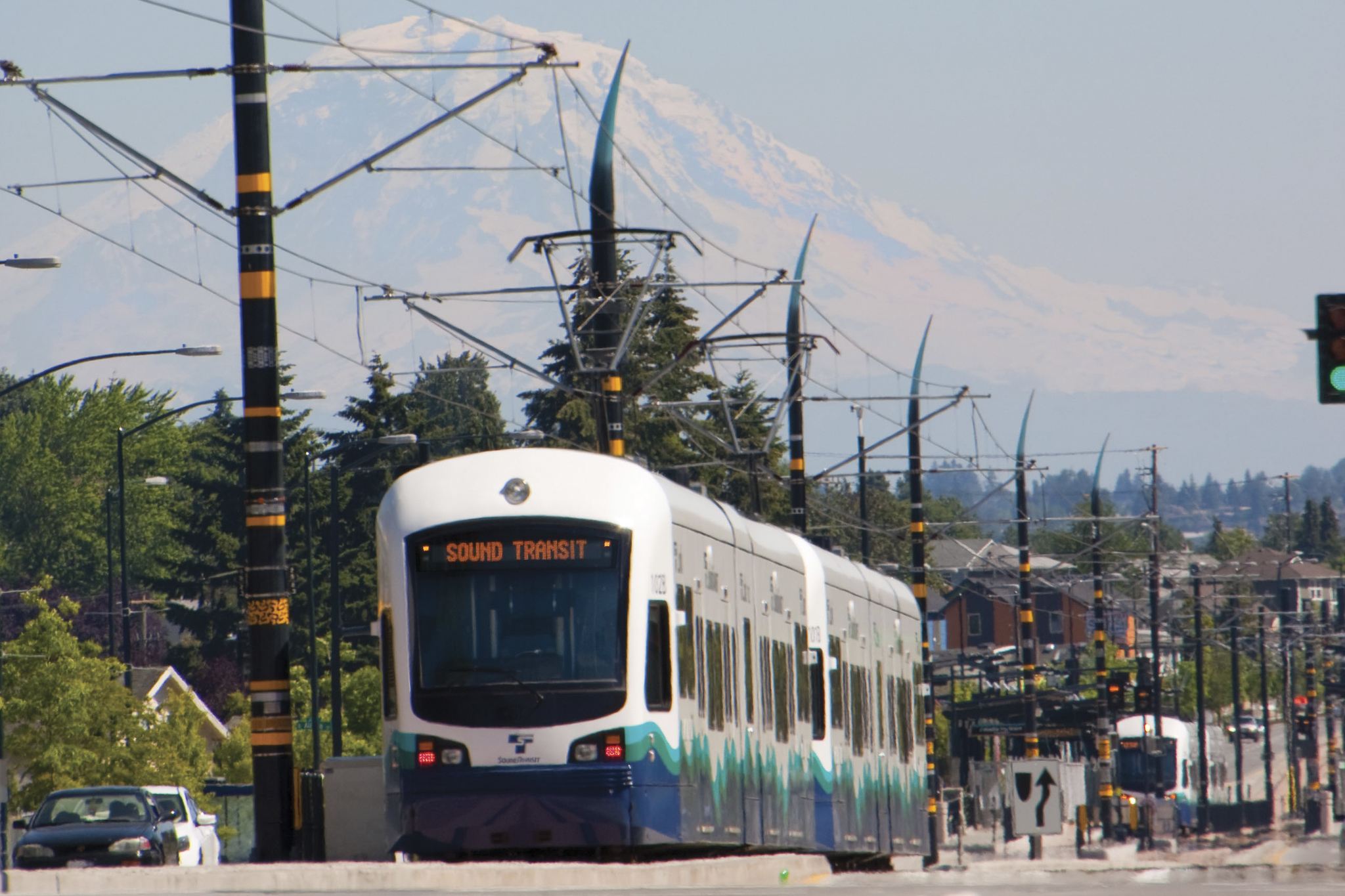Just when you think the stratosphere’s the limit on rents in this boomland, check out the latest survey by Seattle’s Dupre + Scott Apartment Advisors. Five months ago, their Apartment Vacancy Report provoked a round of teeth-gnashing (and a few rent hikes by landlords who hadn’t paid attention before) when it reported that apartment rents had climbed an average 8 percent regionwide in the past year. Now a new Dupre + Scott report breaks down that average and finds a more startling trend: One in 12 buildings in the Whulge (Puget Sound) region actually lowered its rents in the past year. And 44 percent raised rents by less than 6 percent.
Still, the picture’s not as rosy as it might sound. Dupre + Scott also report that 23 percent of buildings raised their rents by 10 percent of more, despite Mayor Schell’s pleas to keep increases below that. And Dupre principal Mike Scott says many of the decreases were in outlying areas whose economies are sagging and vacancies rising—in particular, Kitsap County. (Not only are rents cheap in Bremerton, the ferry’s faster than the 520 bridge on a bad day, and a lot nicer.)
The other main reason Scott sees for dropping rents is simple greed and its comeuppance: “In a lot of cases, [landlords] just goofed and pushed their rents too high, and had to drop back. After our last survey, people would say, ‘Oh, I’ve got to increase mine 8 percent'”—regardless of what the market would bear. He recounts that “one owner called and said, ‘What gives? I raised my rents 10 percent and all my tenants are moving out. I just did what the mayor said to do.'”
Yes, Virginia, the market still works—despite all the tenants forced to pull up stakes as landlords seek the right price. But if yours tries to jack you, you might remind him that the rent for over 40,000 apartments has actually gone down, and see if he’ll follow that pack.
Charlie’s their new darling
Watch out, high-handed bureaucrats; Charlie Chong has been elected a council member again. But not the City Council this time; last year’s mayoral runner-up will take an even hotter seat, on the Pike Place Market‘s governing PDA Council. Last Friday, the Market Constituency (an open-to-all body dominated by aggrieved crafts vendors) voted overwhelmingly to recall two of its four representatives on the PDA Council. The precipitating issue was of course that council’s decision to alter the Hildt Agreement that long secured the vendors’ place, and a sort of peace, in the fractious market. One of the recalled representatives is a PDA staffer who’d promised to represent the constituency and then voted for the hated changes. Another is a craftsperson who was seen as siding with the PDA against her fellow vendors.
Chong’s old City Council colleagues must still affirm the recalls and confirm him and attorney Eric Richter as new council members. Others at the PDA doubtless will try to block that switch; city officials will want to do whatever embroils them least in Market battles. Chong is no newcomer to those fights. As a City Council member, he held hearings on the PDA’s expulsion of longtime Asian merchant tenants. And, he notes, “I became an honorary craftsperson in 1987, when I came down to help them on rent increases”—increases triggered by the Urban Group’s bid to take over the Market. Chong adds it’s the only board he’d consider joining now.
He coulda been a contender
Bob Morgan, whose puncreatic functions are clearly in good order, writes to say he’s sorry he missed last week’s name-that-stadium contest (Feasco Field won) and offer these tardy suggestions for “a more truthful name for the Mariners’ stadium”: Come-Frisk-Me Park and (his favorite and maybe mine) Scammed ‘Em Yards.
This train is bound for nowhere
Last week’s otherwise magnificent “Best of Seattle” package included one sad and sorry statement of The Way Things Are. It declared that the best “hope for the future” in local transportation is the “a light-rail system [that] will offer an alternative for those who spend an eternity on buses and those who spend a fortune on parking,” coming soon from the Regional Transit Authority. That’s also what most of our politicos believe, or pretend to believe, and what most voters tried to believe when they passed the $3.9 billion down payment on a rail-based transit system. Fact is that as currently funded for nearly $2 billion (plus overruns), this “system” consists of precisely one rail line connecting a few main destinations (UW, Broadway Pill Hill, downtown, Sea-Tac, maybe Southcenter and Northgate). But unless you live in just the right spot along that route, you won’t be able to “commute” by light rail as we promised; you’ll still sit in traffic on the bus, to get to it.
Our planned rail “system” is far from the worst of the flood of train and trolley projects coming on as US cities rush to embrace the late 19th century; try Los Angeles’ fading subway to nowhere. But even the best light-rail systems, such as Portland’s, don’t do beans to relieve congestion, or even to stanch the growth in traffic. Nor do they promise to; their planners know better. Rather, they boast of their “ridership”—mostly poached from existing bus service if not coerced outright. (Rail starts up, bus routes shut down, whatcha gonna do?) Downtown-to-the-U, the high-ridership corridor that’s key to the RTA plan, is already the one best served by express buses.
There could be a better hope, though it’s also a bigger challenge: automated (hence elevated) personal transit that would take people where they actually live and go rather than along a few designated routes. The Monorail Initiative passed last year offered a glimmer of such a prospect, though that crude scheme would have to be greatly refined and expanded. But now offixcials, and the companies that stand to make a mint from the RTA, are merrily waiting to bury the Elevated Transit Company dream and get back to (thank you, Molly Ivins) bidness as usual.







